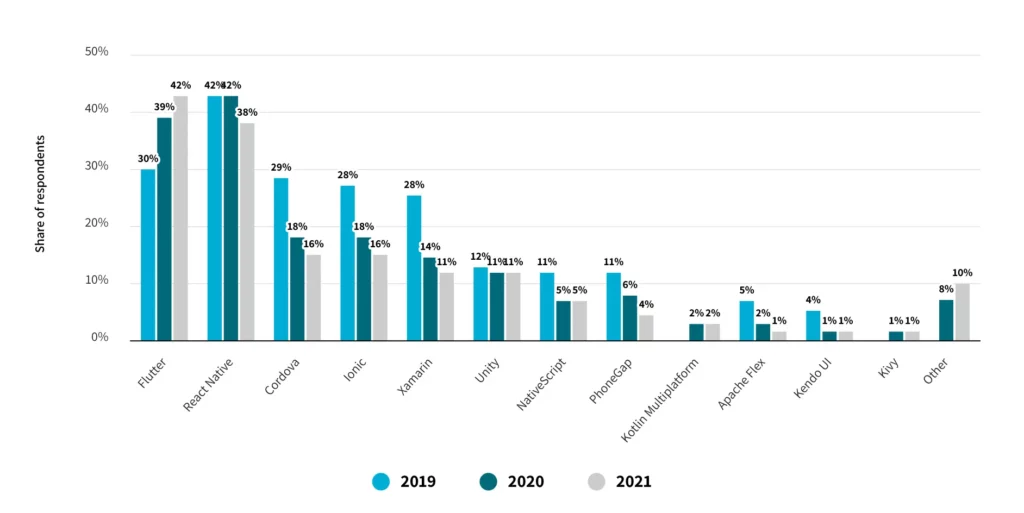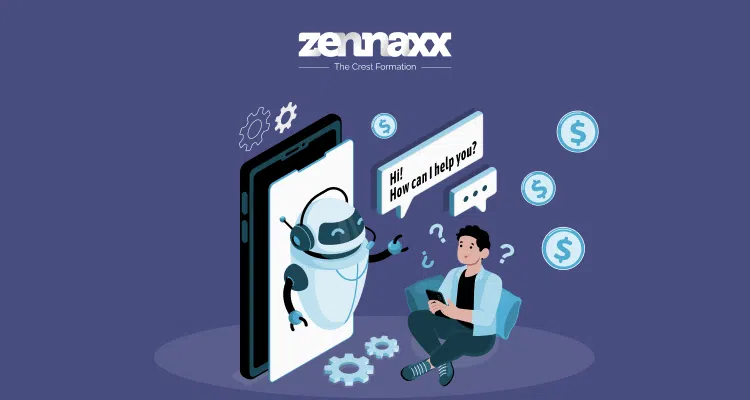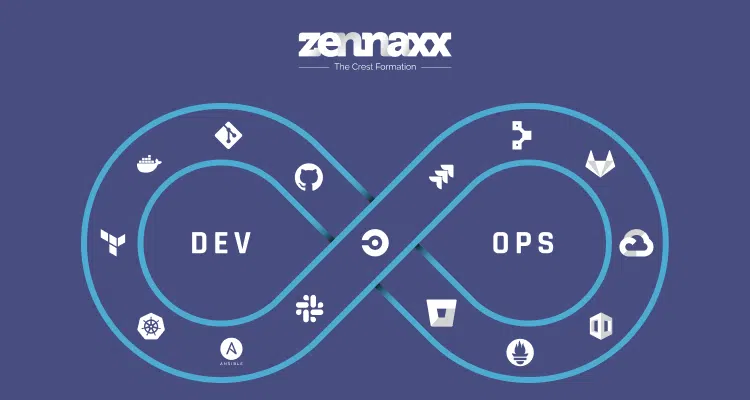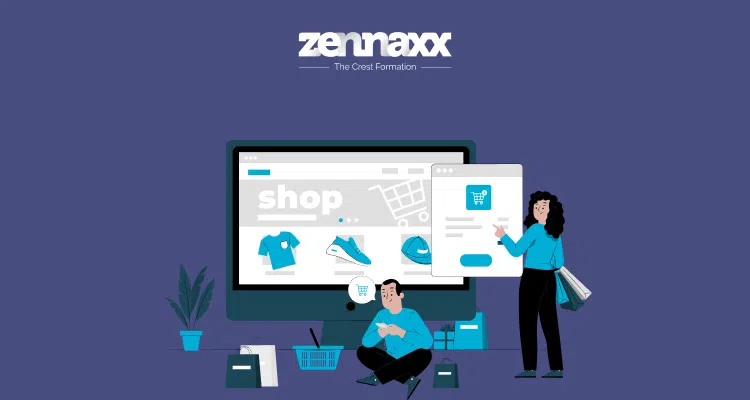Flutter is the open-source technology launched by Google to build web, mobile and desktop applications that come with a single codebase that one can use for more than one platform.
This technology has become the treasure for cross-platform app development.
Because it is not a framework or library that one can use along with other technologies, but it is a UI software development kit (SDK).
The library is a piece of code that one can use in the app to perform a specific operation.
At the same time, the framework works as the structure to the future app by offering you the tools to finish the entire architecture.
The software development kit (SDK) is the set of multiple tools, including documentation, frameworks, libraries, APIs and so forth, that are enough to develop a fully functional app.
Why should Flutter be the platform for your next app idea?
It is definitely a popular cross-platform application framework used by a large number of mobile application development service providers.
Here are a few essential elements to help designers and developers understand the benefits of Flutter.
Flutter has been used by over two million developers in the sixteen months since it was introduced.
Planning mobile development?
Ready to elevate your app development projects? Partner with us for seamless app development solutions.
Moreover, despite the COVID-19 pandemic-related circumstances, March 2020 witnessed a 10% month-over-month increase. Flutter is now used by over half a million developers to construct mobile applications.
Flutter is the second most popular cross-platform mobile framework among developers globally, according to Statista. Additionally, it claims that 39% of developers utilise Flutter, a 9% rise over last year.

Source: Statista
Now let’s get into why you should choose flutter app development for your next app development idea.
Why should not you develop Android and iOS at the same time? With the help of Flutter, you can gain access to cross-platform mobile app development tools developed to save your time and minimise the annoyance associated with app development.
Your job will be easier by having one codebase for both platforms.
It is the major concern for almost all the developers, as updated operating systems are frequently pushed out to users.
By using the flutter, your app will appear the same, even if it functions on the older versions of iOS and Android.
It can save the time of developers, reduce costs and ensure a first-rate user experience. Flutter will not involve any add-on costs to support older operating systems.
Compared to other approaches like controllers, views, and layouts, flutter’s widget technique enables the persistent object model and an easy-to-use developing process.
From font to button, everything you touch is a widget in the flutter app development. And you can combine the widgets to make more abstract layouts.
Flutter app developers gain access to a wide range of widgets that one can use and customise as per choice to create unique user interfaces.
Nonetheless, flutter will arrange the widgets in trees; therefore, it is crucial to plan if you want to build a large gap.
Flutter app development will guarantee you a short time-to-market period. With the help of flutter, developers can create a single codebase for multiple platforms.
Also, this framework offers a declarative API for developing the interface that enhances the performance during the visual adjustment process.
Flutter has become the most desirable cross-platform option, especially for start-ups and their app ideas.
Because it comes with an easy-to-learn framework and provides quick time-to-market, which makes it extremely advantageous for entrepreneurs who want to find their niche with a bold idea and modest budget.
Speed becomes the name of the game when it comes to mobile app development. For programmers in the flutter app, any changes in the code are instantly visible in the app.
Flutter names it as hot reload and defines it as;
With the flutter’s hot reload feature, you can quickly and easily experiment, build features and UIs, fix bugs etc.
Hot reload works by inserting updated source code files into a functioning Dart VM (virtual machine).
After the VM updates the classes with the latest fields and functions, the flutter framework will automatically rebuild the widget tree. It would allow you to view the effects of your changes instantly.
Think how much it will help the developer and designer relationship.
For instance, your designer can prompt your flutter engineer to make changes, like move six pixels to the right.
From there, the update will be instantly available. Hence, enabling the designer to determine if it is the right look or not immediately.
When businesses invested in native app development, the applications offered an incredible user experience, but the prices were prohibitively high, making ROI maximisation impossible.
That is why corporations have turned their emphasis to cross-platform application development.
However, the app’s user experience and performance fell well short of what native applications used to provide.
Each Flutter feature, such as a single codebase, hot reloading, and material design, decreases the time required for developers to construct two mobile apps.
Developers may rapidly make modifications to the build, such as bug fixes or feature upgrades, and instantaneously evaluate the changes on the emulators.
As a result, the overall time required to build a mobile application is decreased.
Bottom line
Along with the aforementioned reasons, flutter app development will make the development process fast, provide compatibility, build performance and give a reactive framework.
With the help of flutter app development, you can get multiple benefits. It is cost-effective, saves time and gives better outputs compared to other platforms in the market.





